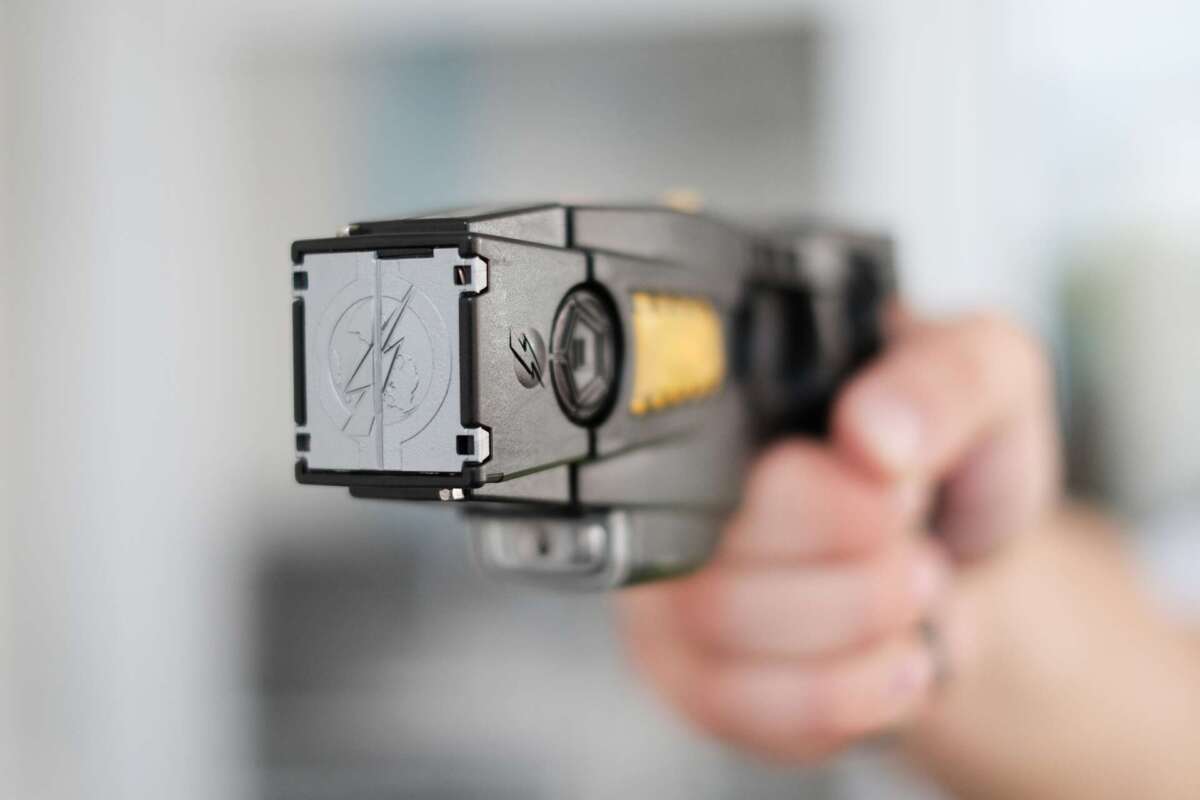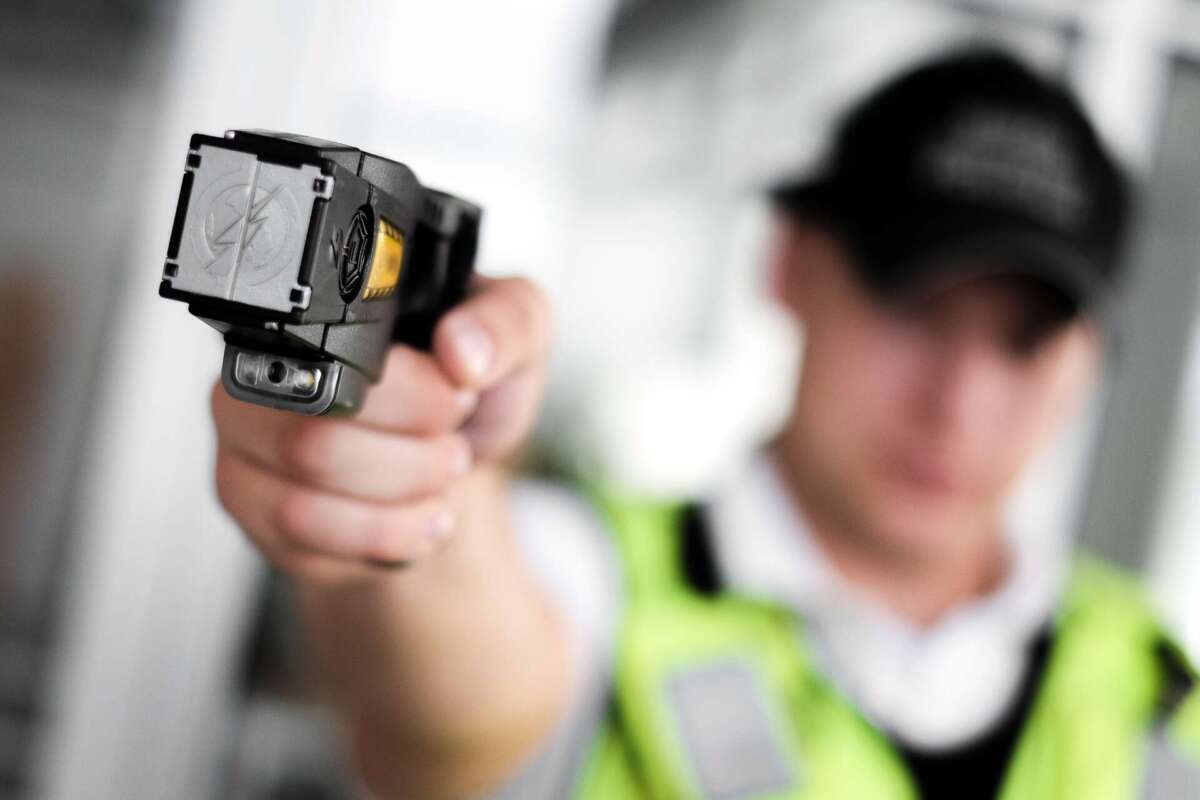
TASER Guns have two modes of self-defense power. You can use them to fire probes at an attacker or have the device pressed against the person to shock them like a stun gun.
Some TASERS from Axiom models can deploy cartridges up to 15 feet, allowing the electrical probes to contact clothing or skin to disable an assailant.
An electric arc is created through the TASER Guns wires that transfer energy to the attacker, disrupting their nervous system. When people “ride the lightning,” they experience involuntary muscle contractions, immense pain, vertigo, dizziness, and other physical symptoms.
It is a less-than-lethal self-defense option that anyone can safely and successfully deploy. Here are the steps you’ll want to follow if you need to use this tool to protect yourself.
Guidelines to Follow When Using a Taser
A TASER doesn’t function like a bullet in a firearm, but that doesn’t mean serious injuries aren’t possible if this self-defense tool isn’t handled correctly. When you follow these guidelines, you’ll remain safe during use while ensuring unnecessary harm doesn’t come to others in your immediate environment.

- Don’t engage your preferred TASER model unless you plan to use it against someone else for self-defense purposes. It is a tool, not a toy.
- You should be the only person with access to this less-than-lethal device, especially if children are part of your family or home.
- Take time to learn how the safety turns on and off so that you can rapidly deploy the device if an assailant attacks.
- Familiarize yourself with the TASER features and functions, including how to load, engage, and fire.
Even though a Taser doesn’t shoot bullets, you should treat it as a firearm from a safety standpoint.
Understand the Legal Ramifications of Ownership
It is legal to own a TASER Gun in 49 states. Courts have struck down the restrictions in Rhode Island for ownership, but that has only made the current law unenforceable.

Several states have zero TASER Gun restrictions, allowing you to own one or more at your discretion. That includes Alabama, Colorado, Florida, Georgia, Idaho, Indiana, Kansas, Kentucky, Louisiana, Maine, Missouri, Montana, Nebraska, Nevada, New Hampshire, New Jersey, New York, Ohio, Oklahoma, Oregon, Pennsylvania, South Carolina, South Dakota, Tennessee, Texas, Utah, Vermont, Virginia, Washington, and Wyoming.
In Illinois, you must have a background check, FOIC, and CCW to legally own a TASER. If you live in Massachusetts, you can own this tool for self-defense purposes in the home only.
New Mexico, West Virginia, and Delaware require Taser owners to have a permit if they intend to carry this self-defense tool in public. Several states require a permit or a background check before ownership is permitted.
Purchasing the Best TASER Gun for your needs requires some research on your part. Before settling on one specific model, take the time to review all the options we have in stock here at Self Defense Mall. You’ll be sure to find one that fits your safety and budgetary requirements.

